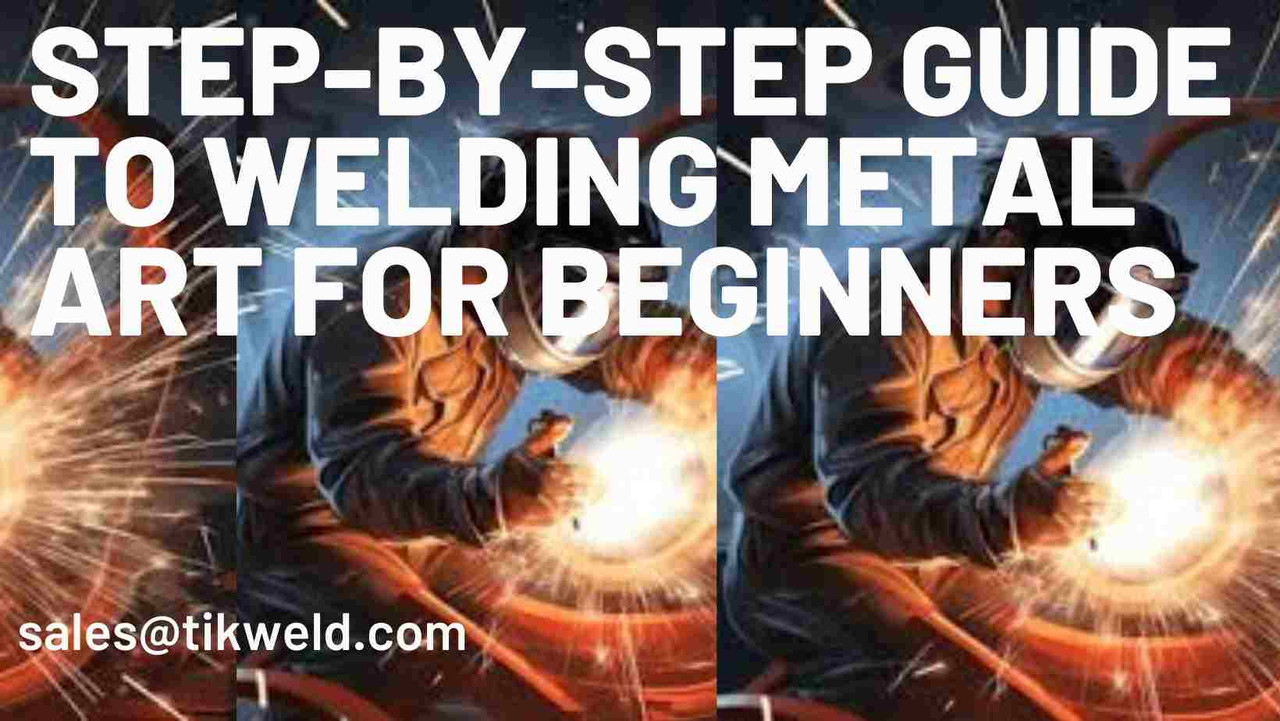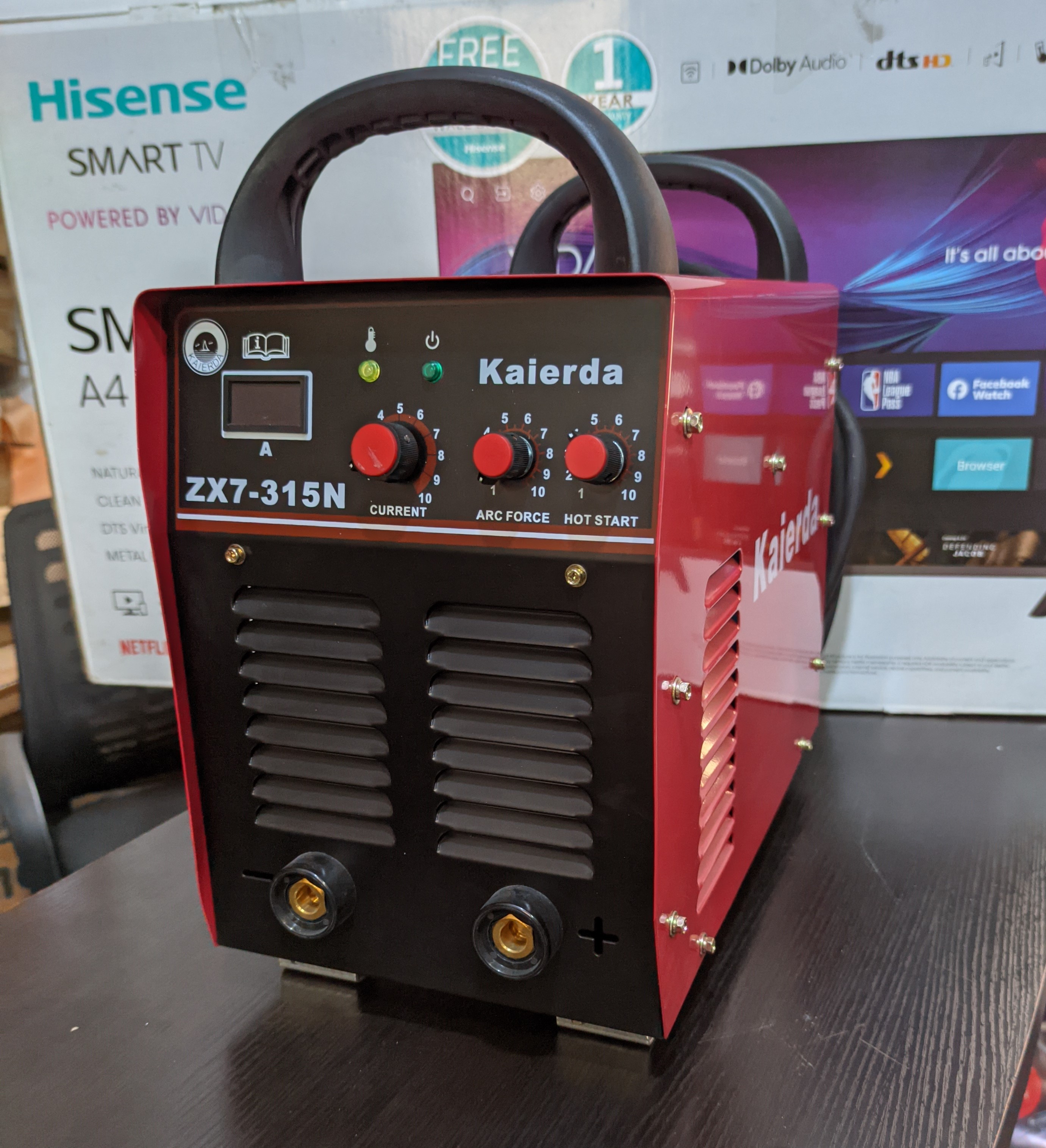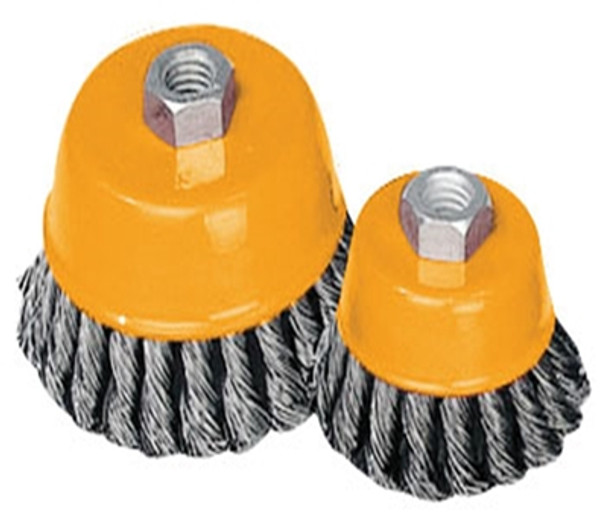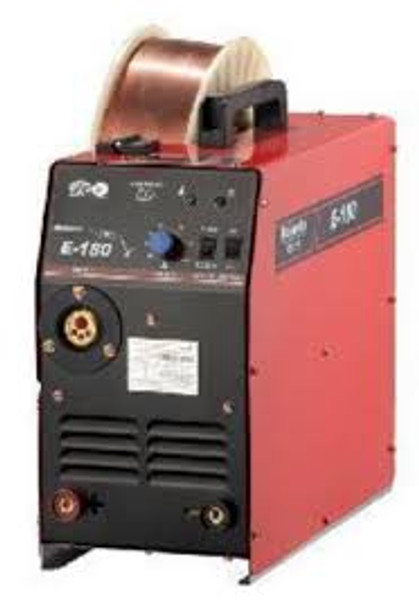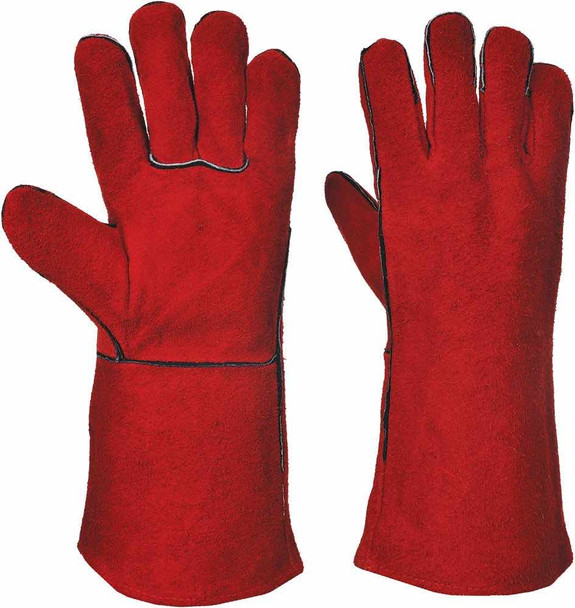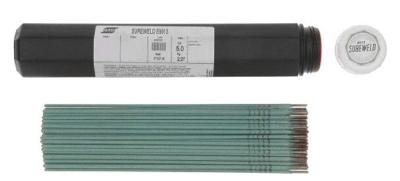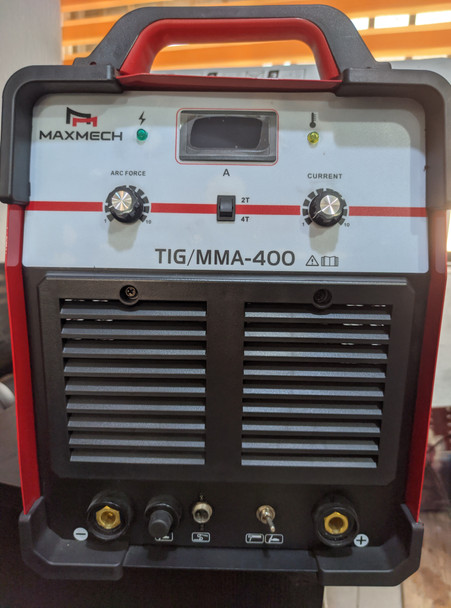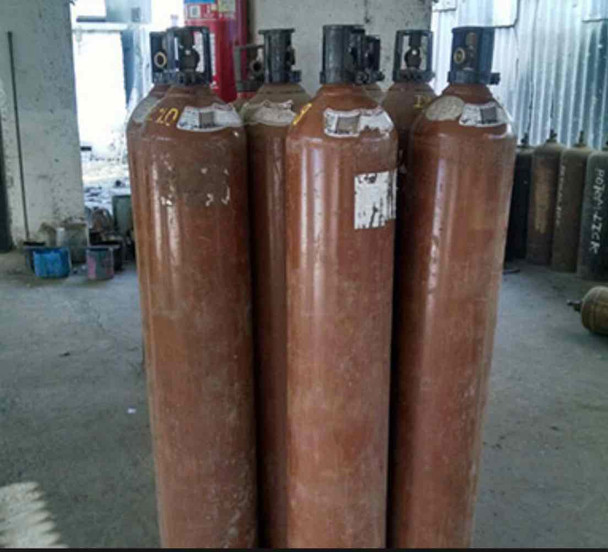Step-by-Step Guide to Welding Metal Art for Beginners
Are you a beginner looking to explore the world of metal art through welding? Look no further! This step-by-step guide is here to help you master the craft and create beautiful pieces of art with metal. Whether you want to make sculptures, wall art, or functional decor, this comprehensive guide will walk you through the process.
From selecting the right tools and materials to understanding essential welding techniques, this article covers all the basics to get you started. We'll explore different types of welding, such as MIG, TIG, and stick welding, and provide practical tips and tricks to achieve professional results.
Discover how to prep your metal, achieve clean welds, and add intricate details to your creations. With this guide, you'll gain confidence in your welding skills and unleash your creativity in the world of metal art.
No prior experience? No problem! This beginner-friendly guide will empower you to take your first steps toward becoming a skilled metal artist. Get ready to transform your ideas into impressive metal masterpieces!
Kaierda Electric Welding machine WN-315N
Essential Tools and Equipment for Metal Art Welding
When it comes to metal art welding, having the right tools and equipment is crucial. Here are some essential items you'll need to get started:
- Welding Machine: Depending on the type of welding you choose, you'll need a reliable welding machine. MIG welders are great for beginners due to their ease of use, while TIG welders offer more precision for intricate designs. Stick welders are versatile and can handle thicker metals.
- Protective Gear: Safety should always be a top priority when welding. Invest in a welding helmet, safety glasses, welding gloves, and a flame-resistant jacket. These items will protect you from sparks, UV radiation, and heat.
- Clamps and Jigs: Clamps and jigs are essential for holding your metal pieces in place during the welding process. They ensure precise alignment and prevent movement, resulting in clean and accurate welds.
- Welding Table: A sturdy welding table provides a stable surface for your work and allows for easy maneuverability. Look for a table with built-in clamps and a heat-resistant surface.
- Angle Grinder and Wire Brush: An angle grinder equipped with a wire brush attachment is essential for prepping your metal surfaces. It helps remove rust, paint, and other contaminants, ensuring a clean welding surface.
- Consumables: Stock up on welding rods, wires, and shielding gas specific to your chosen welding technique. These consumables are necessary for achieving quality welds.
Remember, investing in high-quality tools and equipment will save you time, money, and frustration in the long run. Now that you have the necessary tools, let's move on to understanding different types of metals for welding.
Ingco Wire cup brush - WB21001
Understanding Different Types of Metals for Welding
As a metal artist, it's crucial to understand the characteristics of different metals and how they behave during the welding process. Here are some common types of metals used in metal art welding:
- Mild Steel: Mild steel is a popular choice for beginners due to its affordability and ease of welding. It's versatile and can be shaped into various forms, making it suitable for a wide range of metal art projects.
- Stainless Steel: Stainless steel is known for its corrosion resistance and durability. It's commonly used in outdoor metal art installations, as it can withstand harsh weather conditions.
- Aluminum: Aluminum is lightweight and offers excellent strength-to-weight ratio. It's commonly used in sculptures and decorative metal art pieces. However, welding aluminum requires specialized techniques and equipment.
- Copper: Copper is highly malleable and known for its beautiful patina. It's often used in intricate metal art projects, such as jewelry or wall art.
- Brass: Brass combines copper and zinc and offers a unique golden appearance. It's commonly used in decorative metal art pieces and sculptures.
By familiarizing yourself with the characteristics of different metals, you'll be able to select the right material for your metal art projects. Next, let's discuss safety precautions and guidelines for beginners.
Kaierda Mig Mag Inverter Co2 Welder Model E-180
Safety Precautions and Guidelines for Beginners
Safety should always be your top priority when welding. Here are some important safety precautions and guidelines to follow:
- Personal Protective Equipment (PPE): Always wear the appropriate PPE, including a welding helmet, safety glasses, welding gloves, and a flame-resistant jacket. These items will protect you from sparks, UV radiation, and heat.
- Ventilation: Welding produces harmful fumes and gases. Ensure you have proper ventilation in your workspace to prevent the buildup of toxic fumes. If working indoors, consider using an exhaust fan or working near an open window.
- Fire Safety: Keep a fire extinguisher within reach and have a clear understanding of how to use it. Remove any flammable materials from your workspace and have a fire-resistant blanket nearby for emergencies.
- Secure Work Area: Ensure your work area is clean, organized, and free from tripping hazards. Secure your metal pieces with clamps or jigs to prevent movement during welding.
- Welding Area Protection: Use fire-resistant materials to protect the surrounding area from sparks and heat. Welding curtains or screens are effective in creating a safe zone.
Remember, safety should never be compromised. Always follow manufacturer instructions and seek professional guidance if you're unsure about any safety procedures. Now that you know the essential safety precautions, let's dive into basic welding techniques for metal art.
Welders Handglove Leather hand glove
Basic Welding Techniques for Metal Art
Welding is the process of joining two or more metal pieces together using heat. Here are some basic welding techniques commonly used in metal art:
- MIG Welding: MIG (Metal Inert Gas) welding is one of the most popular techniques for beginners. It involves feeding a wire electrode through a MIG gun, which melts and joins the metal pieces together. MIG welding is known for its ease of use and versatility.
- TIG Welding: TIG (Tungsten Inert Gas) welding is a more advanced technique that offers precise control and clean welds. It uses a tungsten electrode to create an arc and requires the use of a filler rod for joining the metal pieces. TIG welding is ideal for intricate designs and thin materials.
- Stick Welding: Stick welding, also known as Shielded Metal Arc Welding (SMAW), is a versatile technique that can handle thicker metals. It involves using a consumable electrode coated in flux to create an arc and form the weld. Stick welding is suitable for outdoor projects or when working with rusty or dirty metals.
Each welding technique has its pros and cons, so choose the one that best suits your project requirements and skill level. Practice each technique on scrap metal before working on your actual project. Now that you're familiar with the welding techniques, let's move on to creating your first metal art project.
Esab Stick Welding Electrode 3/32 x 14in 5kg E6013 Sureweld series
Creating Your First Metal Art Project
Creating your first metal art project is an exciting and rewarding experience. Here's a step-by-step guide to help you get started:
- Design and Planning: Start by sketching your design on paper or using design software. Consider the size, shape, and details of your metal art project. Plan the materials and tools you'll need.
- Prepping the Metal: Clean your metal surfaces using an angle grinder with a wire brush attachment. Remove rust, paint, and other contaminants for a clean welding surface. Use clamps or jigs to hold your metal pieces in place.
- Welding: Set up your welding machine according to the type of welding technique you're using. Follow the manufacturer's instructions for proper settings. Practice welding on scrap metal to get comfortable with the technique before working on your project.
- Assembling the Project: Begin by tack welding the metal pieces together. Tack welds are small, temporary welds that hold the pieces in place. Once you're satisfied with the alignment, proceed to weld the entire project.
- Finishing Touches: After welding, use an angle grinder to clean up any rough edges or excess weld material. Polish the surface for a smooth finish. Consider adding additional details, such as texture or patina, to enhance your metal art.
Remember to take your time and enjoy the process. Creating metal art is both a skill and an art form. Now that your project is complete, let's explore how to add finishing touches to your metal art.
Maxmech Inverter Welding Machine TIG/MMA-400
Adding Finishing Touches to Your Metal Art
Adding finishing touches can elevate your metal art to the next level. Here are some ideas to consider:
- Surface Finishes: Experiment with different surface finishes, such as brushed, polished, or textured. Each finish creates a unique look and adds depth to your metal art.
- Patina: Patina refers to the natural oxidation process that occurs on metal surfaces over time. You can accelerate this process by applying chemicals or using heat to create a stunning patina effect.
- Paint or Powder Coating: Consider adding color to your metal art by using paint or powder coating techniques. This allows you to create vibrant and eye-catching designs.
- Additional Elements: Explore adding other materials, such as wood, glass, or stones, to your metal art. These elements can provide contrast and enhance the overall aesthetic.
Adding finishing touches allows you to personalize your metal art and make it truly unique. Now that you know how to add those final details, let's discuss some tips for improving your welding skills.
Tips for Improving Your Welding Skills
Becoming a skilled metal artist requires practice and continuous improvement. Here are some tips to help you enhance your welding skills:
- Practice Regularly: Dedicate time to practice welding techniques on scrap metal. The more you practice, the more comfortable and proficient you'll become.
- Seek Guidance: Join welding classes or workshops to learn from experienced welders. They can provide valuable feedback and help you improve your technique.
- Learn from Mistakes: Don't be discouraged by mistakes. Analyze what went wrong and learn from them. Mistakes are part of the learning process.
- Experiment with Different Materials: Expand your skills by working with various metals and materials. Each material may require different techniques and approaches.
- Stay Updated: Keep up with the latest welding techniques, equipment, and safety standards. Attend trade shows or read industry publications to stay informed.
Remember, becoming a skilled welder takes time and dedication. Embrace the learning process and enjoy the journey. To further inspire you, let's explore some examples of metal art projects.
Helium gas (Returnable empty Cylinders when empty) 40 liters cylinder
Inspiring Examples of Metal Art Projects
Metal art offers endless possibilities for creativity. Here are some inspiring examples of metal art projects:
- Sculptures: Create stunning sculptures using welded metal pieces. Play with shapes, sizes, and textures to bring your ideas to life.
- Wall Art: Design and weld unique wall art pieces that reflect your style. Experiment with different finishes and incorporate lighting for added visual impact.
- Functional Decor: Combine functionality with aesthetics by creating functional metal art pieces such as furniture, lampshades, or planters.
- Outdoor Installations: Design and build large-scale metal art installations for outdoor spaces. These can include garden sculptures, gates, or privacy screens.
- Jewelry and Accessories: Craft intricate metal jewelry and accessories using various welding techniques. Experiment with different metals and add gemstones or other embellishments.
Remember, these examples are just a starting point. Let your imagination run wild and create metal art that speaks to you. Now that you've seen the possibilities, let's wrap up this guide.
Conclusion
Congratulations on completing this comprehensive step-by-step guide to welding metal art for beginners! You've learned about the essential tools and equipment, different types of metals for welding, safety precautions, basic welding techniques, creating your first metal art project, adding finishing touches, tips for improving your welding skills, and inspiring examples of metal art projects.
Now it's time to put your newfound knowledge into practice. Start small, be patient, and most importantly, have fun. As you gain experience and confidence, you'll be able to tackle more complex projects and create extraordinary metal art.
Remember, welding is a lifelong journey of learning and discovery. Keep exploring new techniques, pushing your boundaries, and embracing your creativity. The world of metal art awaits you, so go forth and create masterpieces that will leave a lasting impression.
Related Articles:
Welding in Harsh Environments: Tips and Best Practices
How to Maintain and Care for Your Welding Equipment
Troubleshooting Common Welding Problems: Expert Tips and Solutions
The Evolution of Welding Technology: Past, Present, and Future
The Role of Welding in Modern Construction and Manufacturing

